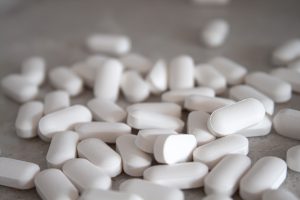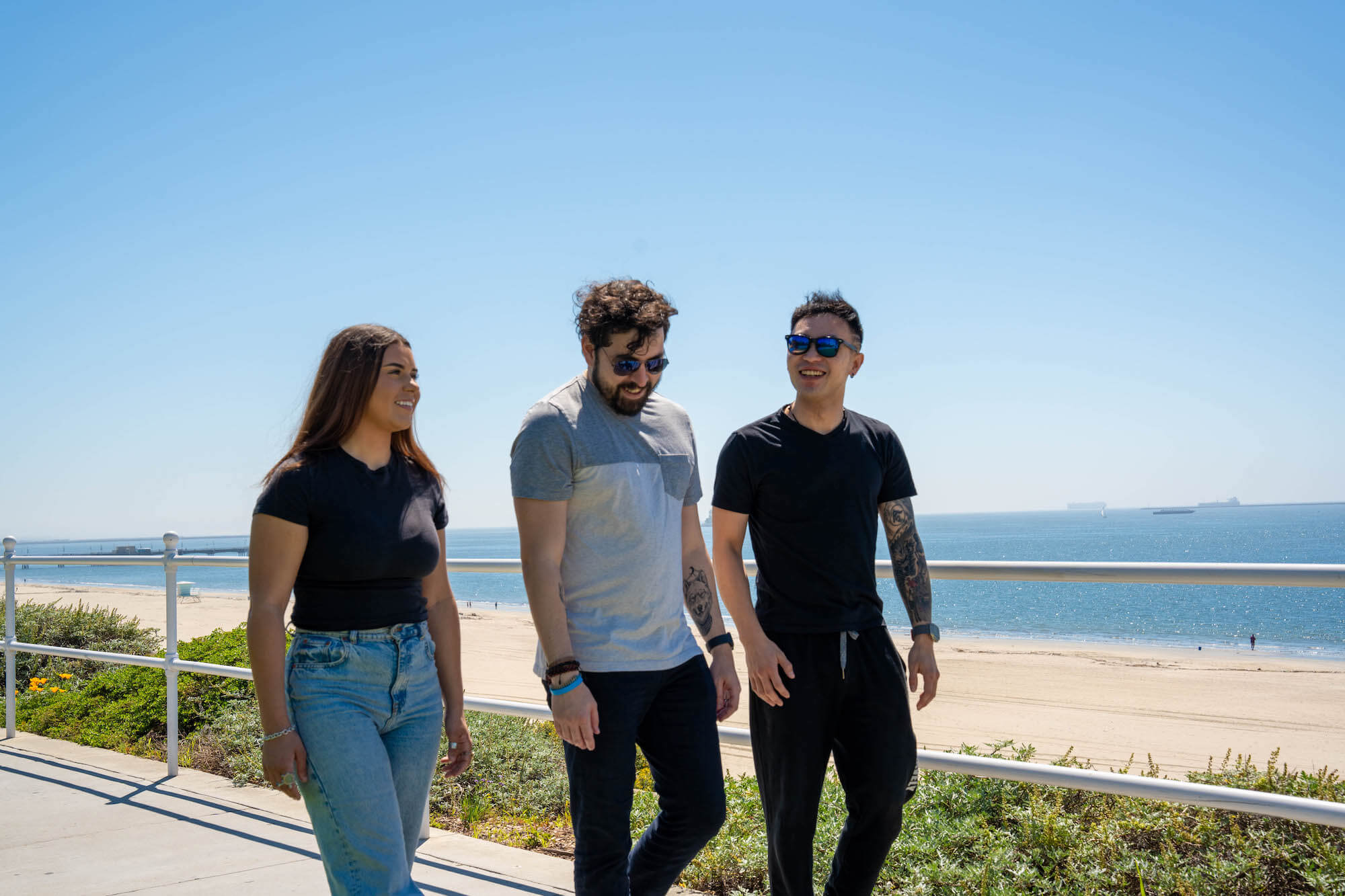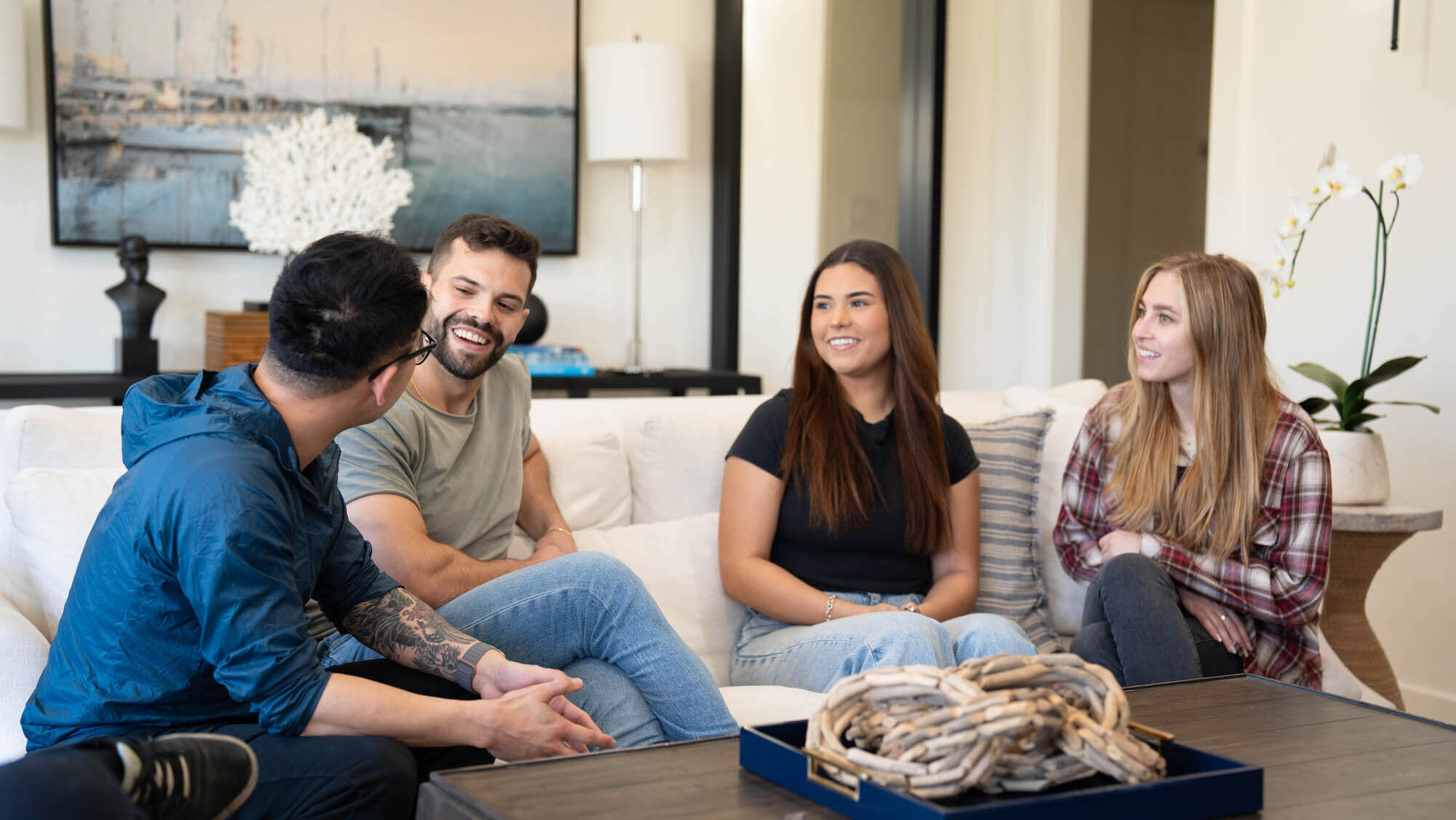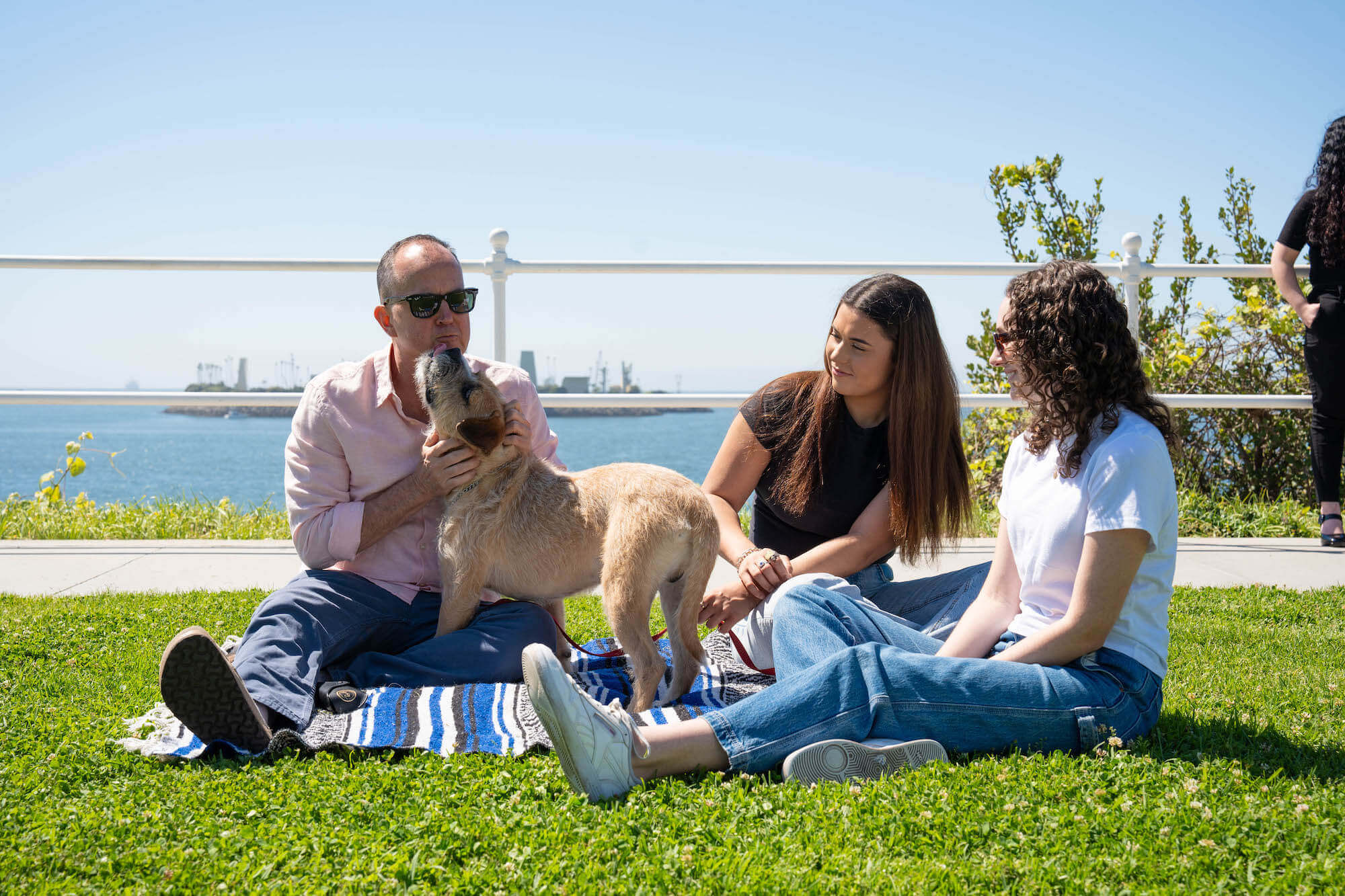Home » Opioid Addiction » Opana Addiction: Side Effects, Detox, & Treatment
Opana Addiction: Side Effects, Detox, & Treatment

While the branded medication Opana has been discontinued in the United States, generic versions of this opioid are available as oxymorphone.
WHAT IS OPANA?
In 2006, Opana ER (extended release) was approved for the management of moderate and severe pain. This extended-release formulation of oxymorphone delivered around-the-clock pain relief.
By 2012, drug manufacturer Endo replaced the Opana ER formulation with a new version designed to reduce oxymorphone abuse. Although the new formulation was difficult to snort or inject and met regulatory standards, the FDA determined that this reformulation was unlikely to substantially reduce Opana abuse. The medication was discontinued.
Oxymorphone is indicated for pain relief severe enough to warrant opioid therapy. The medication is typically prescribed when other forms of painkillers were poorly tolerated or ineffective. The pain-relieving properties of oxymorphone occur as the opioid acts on the CNS (central nervous system). This mechanism of action is also responsible for the side effects triggered by Opana.
Oxymorphone is not indicated for the short-term treatment of acute pain. The medication is not intended for the relief of mild pain and should not be used if a non-narcotic medication would prove effective. Oxymorphone is not designed for on-demand pain relief.
The sustained use of oxymorphone can become habit-forming, leading to the development of metal and physical dependence.
If you use oxymorphone for legitimate medical purposes as directed, you may become physically dependent on opioids, but you are less likely to become psychologically dependent on Opana than those who abuse the substance for recreational purposes. When you need to discontinue the use of oxymorphone, your prescribing physician can gradually reduce your dosage to minimize the discomfort of withdrawal.
OPANA ABUSE SIDE EFFECTS: ABUSE, ADDICTION, AND OVERDOSE
Opana triggers effects similar to the effects of alcohol intoxication. These include:
- Slurred speech
- Staggering around
- Impaired decision making
- Increased risk taking
- Reduced inhibitions
- Slowed reflexes
- Short-term memory loss
- Drowsiness
- Impaired motor coordination
If addiction to Opana develops, you will be unable to moderate or control the use of opioids.
Sustained Opana abuse can bring about the following side effects:
- Mood swings
- Disrupted sleep patterns
- Appetite loss
- Weight loss
- Social isolation and withdrawal
- Reduced interest in hobbies and everyday activities
- Poor performance at work or school
- Financial stress
- Legal complications
We’ll now highlight some of the most visible signs, both physical and psychological, associated with Opana addiction.
OPIOID ABUSE SIGNS
These are the most common physical signs of opioid addiction:
- Diarrhea
- Nausea
- Vomiting
- Drowsiness
- Slurred speech
- Reduced sensitivity to pain
- Dilated pupils
- Low blood pressure levels
- Slow heart rate
- Weight loss
- Slow movements
- Low body temperature
- Muscle pain
- Joint pain
- Headaches
- Itchy skin
- Cramping
- Seizures
- Coma
These are the most common psychological signs of opioid addiction:
- Intense cravings
- Tolerance to opioids
- Depression
- Anxiety
- Disorientation
- Confusion
- Mood swings
- Problems with focus
- Behavioral changes
- Altered perception of reality
- Inability to control opioid use
- Withdrawal
OPANA OVERDOSE
Opana is more potent per milligram than OxyContin (oxycodone). Taking too much of this prescription opioid painkiller can slow breathing to the extent that it stops completely.
Seek emergency medical assistance if any of these symptoms of opioid overdose present:
- Cold or clammy skin
- Small pupils
- Unresponsiveness
- Changes in consciousness
- Breathing problems
- Slow or shallow breathing
- Unconsciousness
- Low pulse and blood pressure levels
- Muscle weakness
- Blue tinge to lips or fingernails
- Extreme sleepiness
Opana overdose can be reversed if an opioid antagonist like naloxone (Narcan) is administered promptly.
Call 911 if you suspect you or a loved one has overdoses on an opioid like Opana. Untreated, Opana overdose can be life-threatening.
OPANA ADDICTION TREATMENT AT GRATITUDE LODGE
At Gratitude Lodge, we can help those abusing opioids like Opana to overcome physical dependence and psychological addiction.
We have luxury rehab centers located in Newport Beach, San Diego, and Long Beach. Engage with inpatient or outpatient treatment according to the severity of your opioid addiction. Choose from the support and structure of a 30-day inpatient program or the affordability and flexibility of an IOP (intensive outpatient program).
Take advantage of medications approved by the FDA during Opana detox and throughout ongoing recovery. MAT (medication-assisted treatment) at Gratitude Lodge is delivered alongside these services and therapies:
- Individual counseling
- Group counseling
- Family therapy
- Psychotherapies (CBT or DBT)
- Holistic therapies
- 12-step immersion program
When you’re ready to reclaim life from Opana addiction, call admissions at 800-994-2184. We offer drug and alcohol addiction treatment throughout Southern California, with rehab facilities in Orange County and Los Angeles County.
RESOURCES

Don’t Let Addiction Control You











